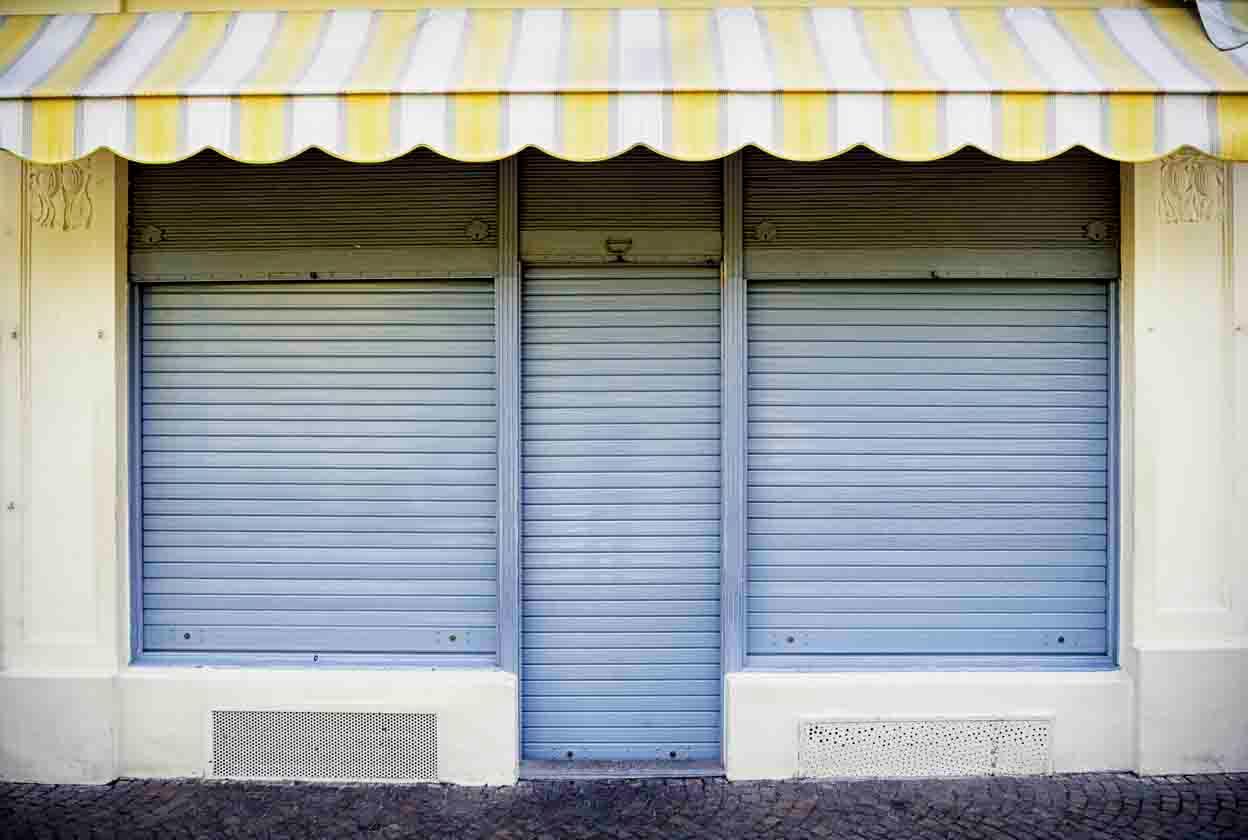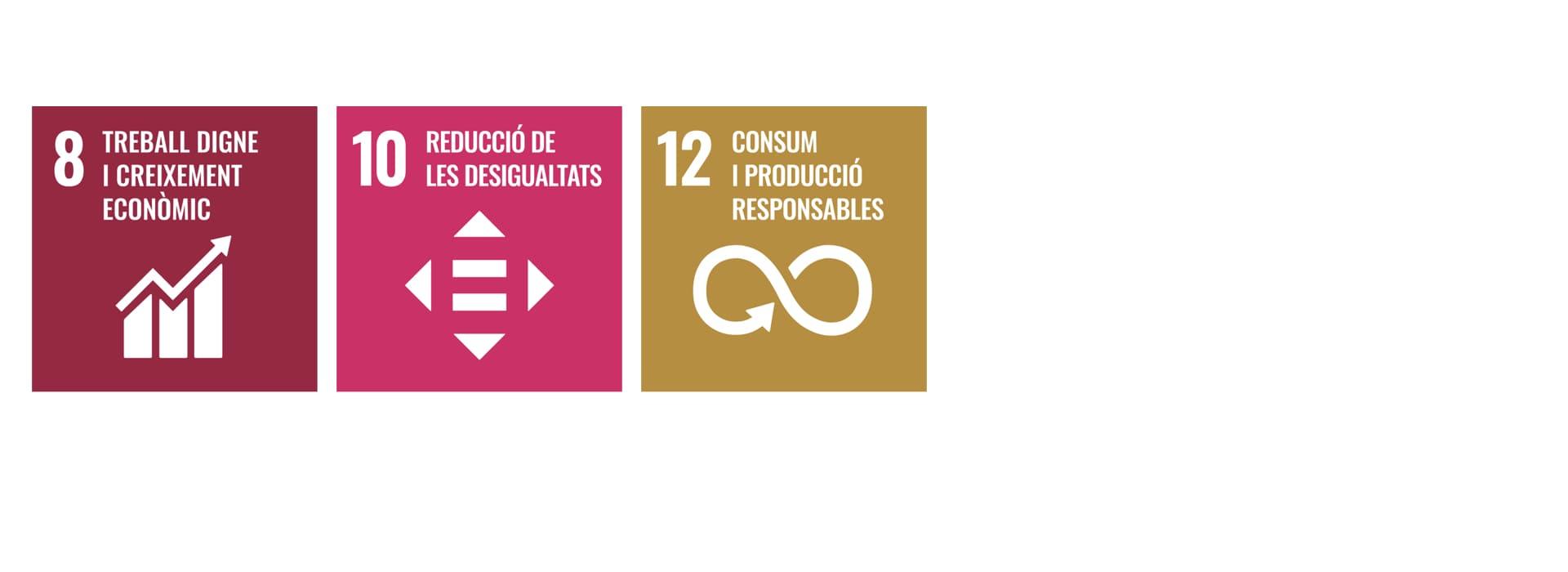Self-employed quota reform as an embryo of the shadow economy
1 Febrero - 2022
Andrei Boar
Teacher Assistant of Finance, Accounting & Control Dept.
__
Income does not mean collection. The profit and loss account and the cash flow of a company or a self-employed person are very different. Issuing an invoice today and not collecting it for months is common. Law 15/2010, together with the special measures for late payment by covid-19, set a legal payment term of 30 days for public administrations and 60 days for companies. In reality, the Central State Administration pays on average 39 days, city councils 118 days, the Autonomous Communities 140 days and large companies 100 days, according to the ATA Report. In other words, no one complies with the regulations.
The one who suffers the most from this situation is the self-employed, who, on the other hand, does have to pay the self-employed fee on the first day of the month and the taxes no later than 20 days after the end of the quarter. The real problem is that he has to pay taxes on the invoices he has issued during that quarter and of which, taking into account the previous deadlines, only a small part will have been paid. In practice, this causes serious cash flow problems.
The reform of the self-employed quota and the real tax burden
Recently, a reform of the self-employed quota has been proposed that seeks, in principle, progressivity in the quota until 2031. Those self-employed who invoice (not collect) less than 600 euros per month will go to 183 euros compared to the current 281 euros. However, all those whose turnover exceeds 1,300 euros will see a progressive increase in their contribution. If we analyze the data, we can see that in practice, the self-employed quota will be approximately 30% of the declared income in 2031.
If we analyze the data, it can be seen that in practice, the self-employed quota will be approximately 30% of the declared income in 2031
If to this 30% self-employed fee, we add 21% VAT and 15% advanced withholding of personal income tax, the self-employed will work to pay taxes, since the tax burden at the end of the quarter, will be 60%. It is clear that VAT is a neutral tax, but the vast majority of the self-employed cannot invoice it separately and, therefore, it does not cease to be an additional burden. If we place ourselves in the year 2031 and with the proposed quotas, the self-employed will allocate 60% of their turnover to pay taxes and the remaining 40% will have to pay their costs and will have to live.
To see a numerical example, a self-employed person who invoices 1,500 euros (VAT included) per month and, therefore, 4,500 euros per quarter, in 2031 will pay a quarterly self-employed fee of 1,422 euros, a VAT of 945 euros and will have to withhold 675 euros in personal income tax. In total, you will have a total of 1,458 euros after taxes for the quarter. All this, assuming that you have collected the invoices, otherwise you will have to pay 3,042 euros out of pocket.
What are they doing elsewhere in Europe?
Each country has its own system and incorporates different benefits:
- In the United Kingdom, you pay €14 per month if you do not reach €600 and 9% of your income thereafter.
- In the Netherlands, a fee of 50 euros per month is paid.
- In Germany, a fee of €140 per month is paid if income does not exceed €1,700.
- In France, between 12% and 21% of income is paid, depending on the sector.
- Italy pays between 22% and 28% of income.
The Laffer Curve
At this point, the Laffer Curve comes into play. This theory indicates that there is a point where raising taxes will reduce your tax revenue, since income will no longer be reported. With this proposed tax pressure, it is easy to foresee that many self-employed will cease to be so in the following years and the underground economy will increase, which will cause an absolutely opposite effect on the collection that the State wants to make.
Con esta reforma muchos autónomos lo dejarán de ser en los siguientes años y aumentará la economía sumergida, lo que provocará un efecto absolutamente contrario en la recaudación que quiere hacer el Estado
The proposed reform of the quota has received serious criticism from all over the world, and rightly so. Spain is the country with the highest tax burden for the self-employed in its environment, with a quota that will reach up to 30% of their turnover, not of their income, VAT and personal income tax apart. The situation is absolutely unsustainable and it would be necessary that this quota is adapted to the collections made by the self-employed, especially taking into account that the first ones to miss the deadlines are the administrations themselves.

